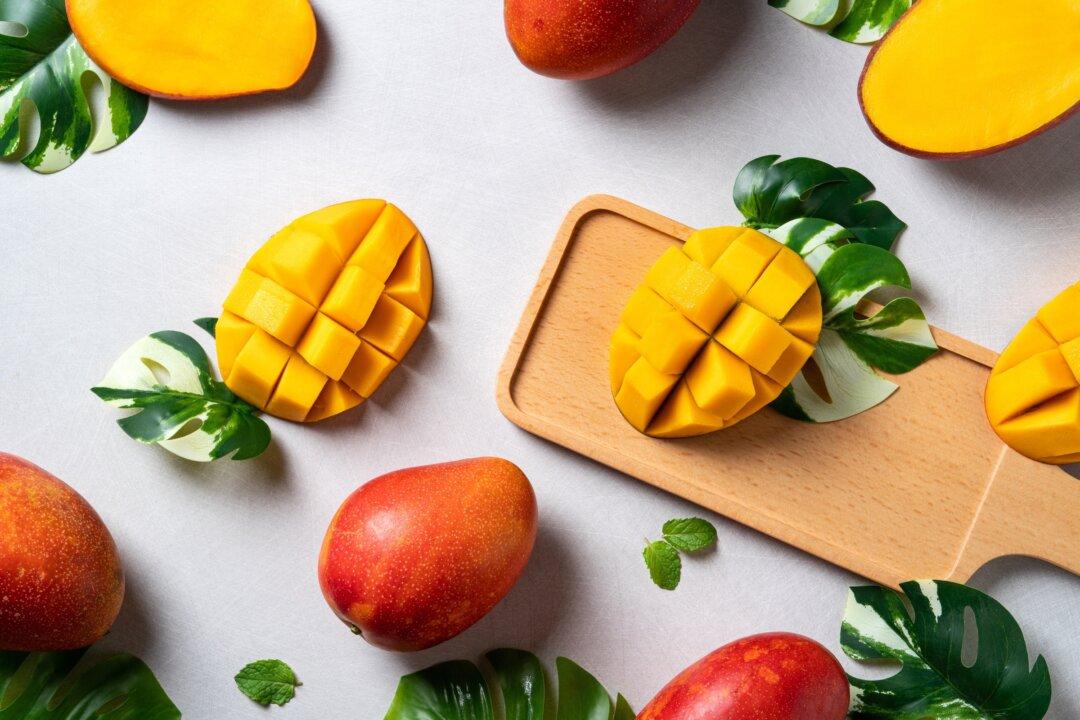Many people confuse inflammation with infection. Though infection and inflammation can happen at the same time, they are completely different. Infection is just one of the causes of inflammation.
Inflammation is nothing but your body’s response to a physical stress. For example, if your body is too tired, it can cause inflammation; if you get a cut, it can cause inflammation. If you eat something too spicy it can cause inflammation. If you touch a scalding cup, it can cause inflammation. If you get an infection (acne, a cold, or pink eye) it can cause inflammation.





